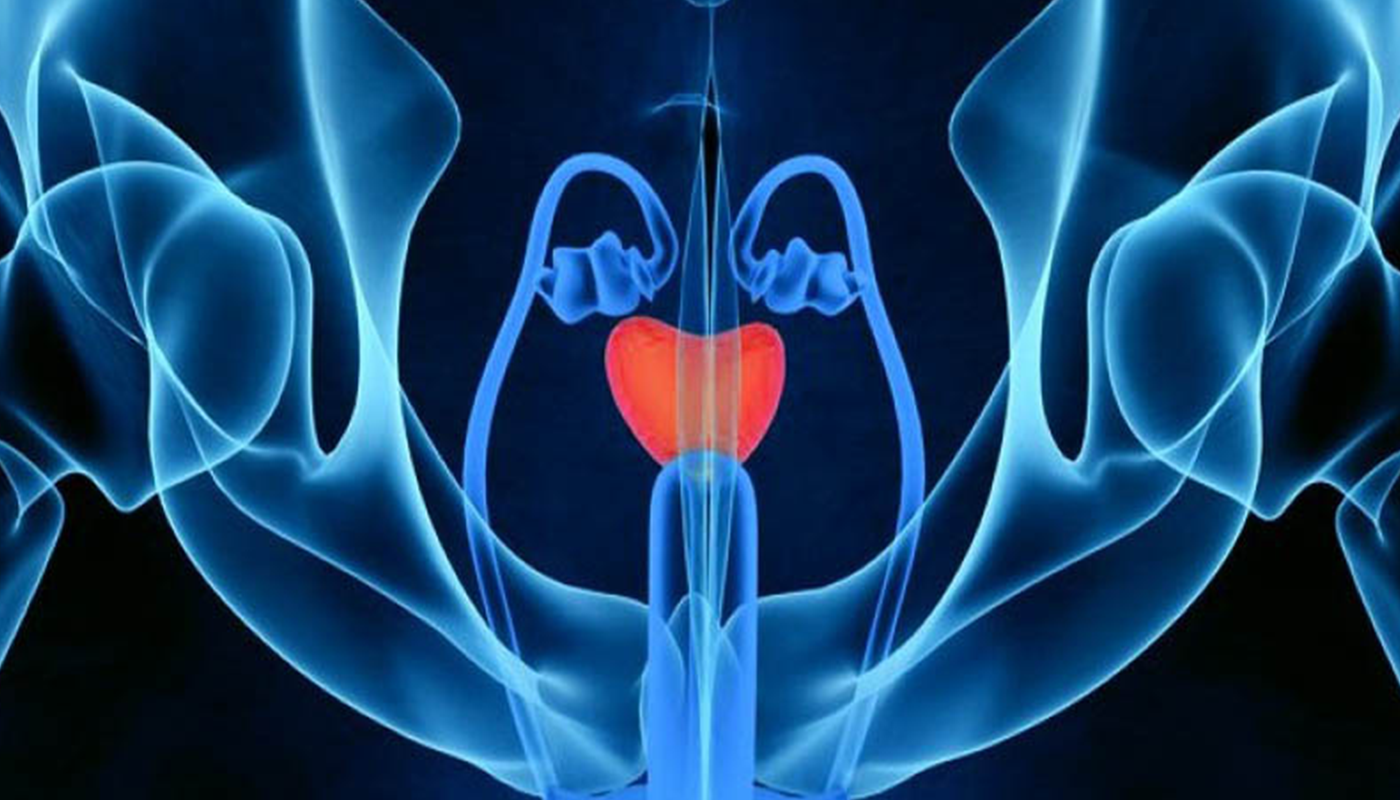Prostate Enlargement

What is Benign Prostate Enlargement?
Although the prostate continues to grow throughout a man’s life, this enlargement of the prostate does not cause significant problems in most men, except for advanced ages. BPH very rarely causes problems before the age of 40. The prostate gland begins to grow gradually from the age of 40.
The prostate gland, which is the size of a chestnut, can grow to the size of an orange. This condition is called benign prostatic hyperplasia (BPH). In more than half of men in their 60s and in 90% of men in their 70s, symptoms due to BPH affect people’s daily life and quality of life.
This growth in the prostate gland, which surrounds the urinary tract, begins to put pressure on the urinary tract, obstructing the flow of urine and causing urine not to pass freely.
What are the symptoms?
– As the prostate grows, it blocks the urinary tract and blocks the flow of urine.
– Beginning of complaints about urination.
– Difficulty in starting to urinate.
– Difficult and intermittent urination.
– Frequent urination.
– Decreased urine strength and thickness.
– Urine still coming out drop by drop after urination.
– Feeling that the bladder is not completely emptied after urinating.
– Waking up to urinate during the night.
Important: Sometimes the urinary tract is completely blocked due to BPH (benign prostatic hyperplasia) and the patient may suddenly be unable to urinate, and these patients may require urgent intervention.
What are the effects?
– Sudden urinary obstruction,
– Urinary tract inflammation,
– Urinary bladder disorders,
– Urinary bladder stones,
– Kidney disorders.
Methods Applied Today in the Treatment of BPH (Benign Prostatic Hyperplasia)
– Regular follow-up: follow-up of the complaint at regular intervals.
– Medical treatment.
– Surgical treatment (such as HoLEP, ThuLEP, TUR-P, TUIP, etc.).
